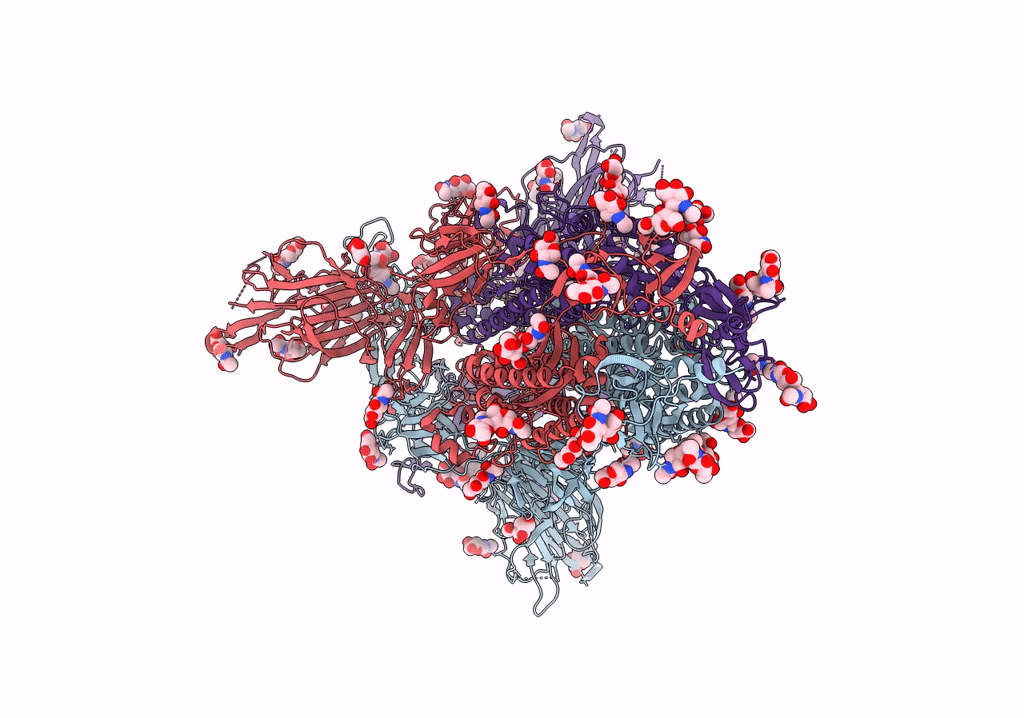
Deposition Date
2021-08-16
Release Date
2022-08-24
Last Version Date
2025-05-21
Entry Detail
Biological Source:
Source Organism:
Host Organism:
Method Details:
Experimental Method:
Resolution:
3.00 Å
Aggregation State:
PARTICLE
Reconstruction Method:
SINGLE PARTICLE


